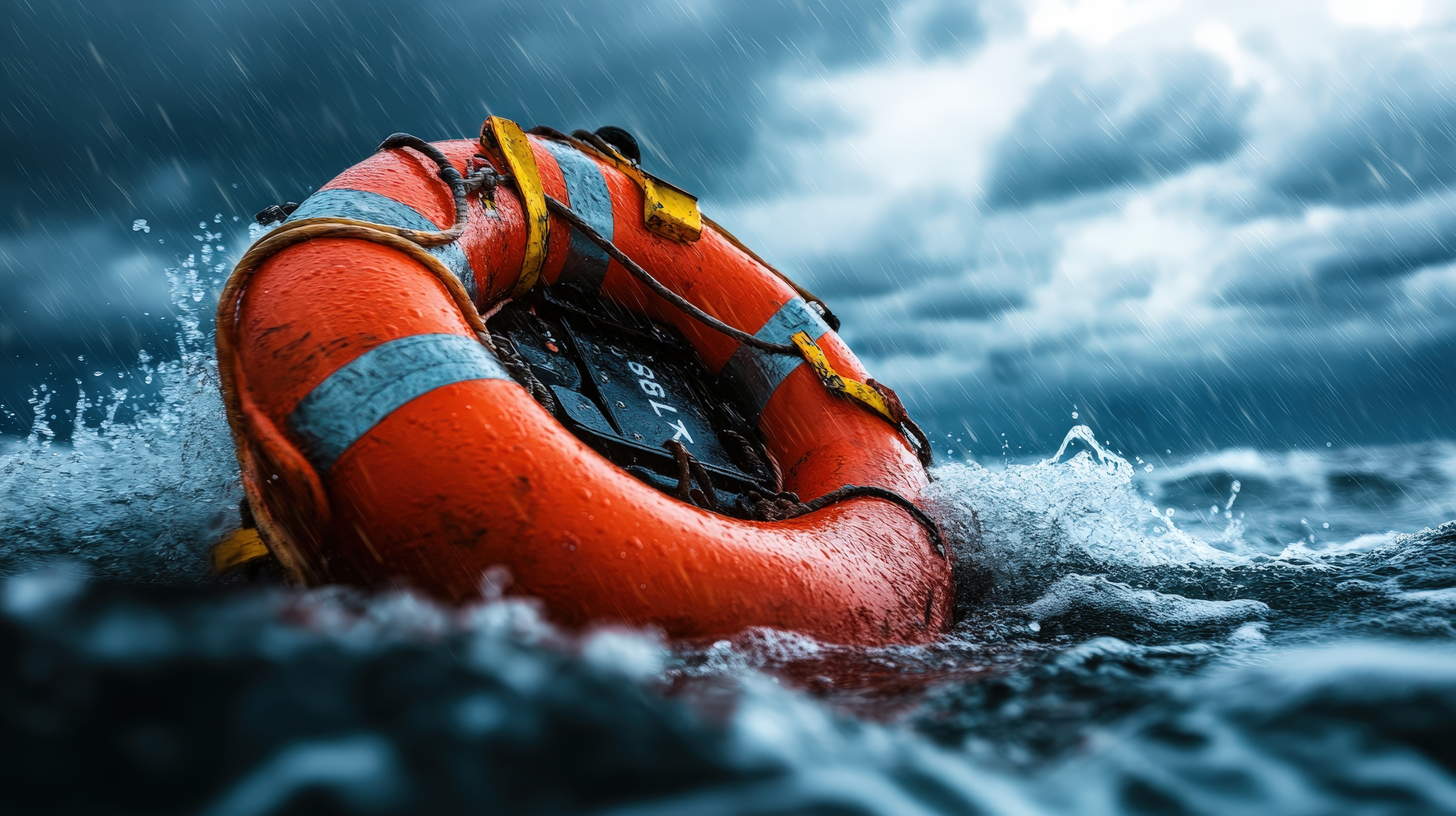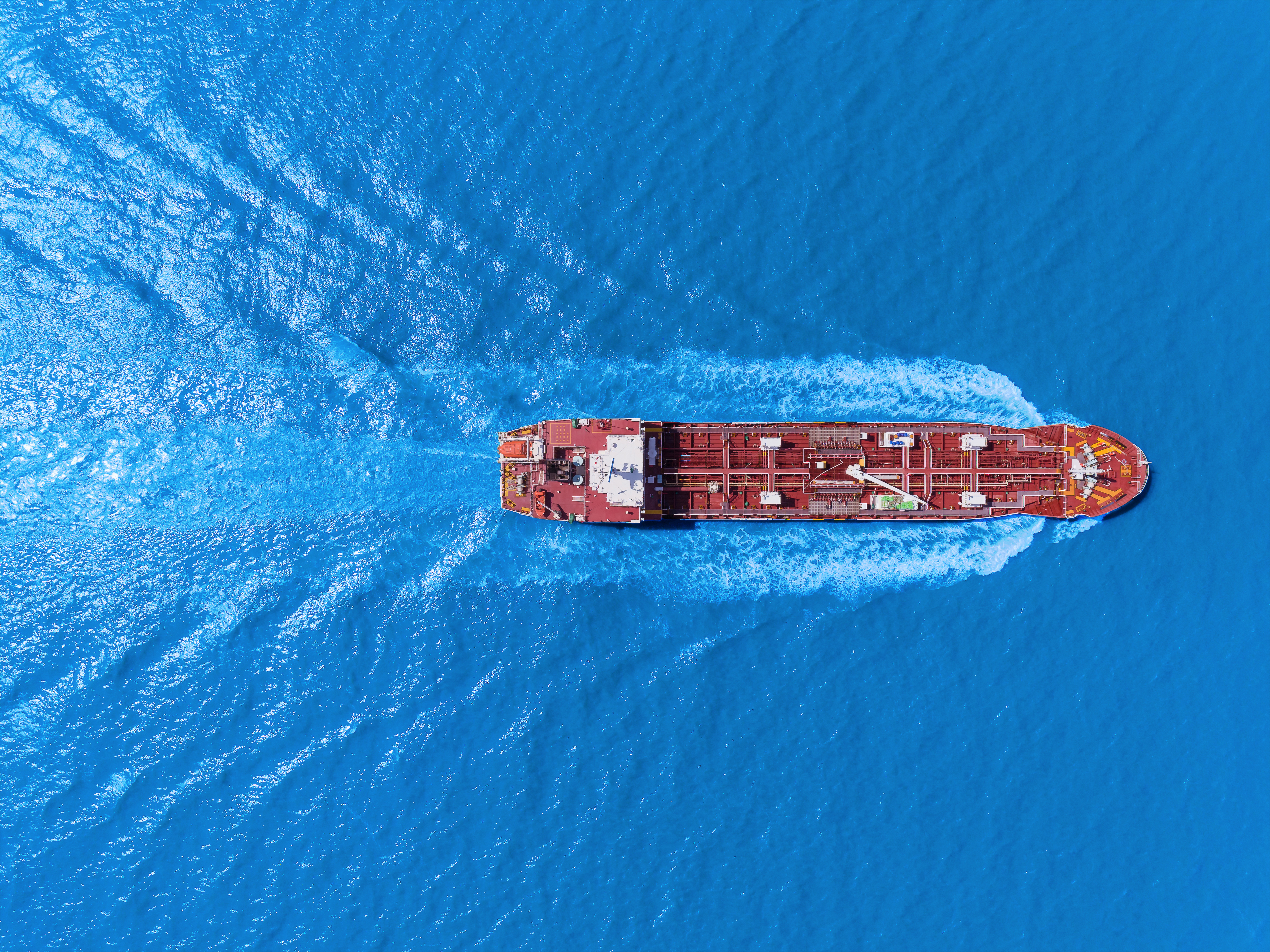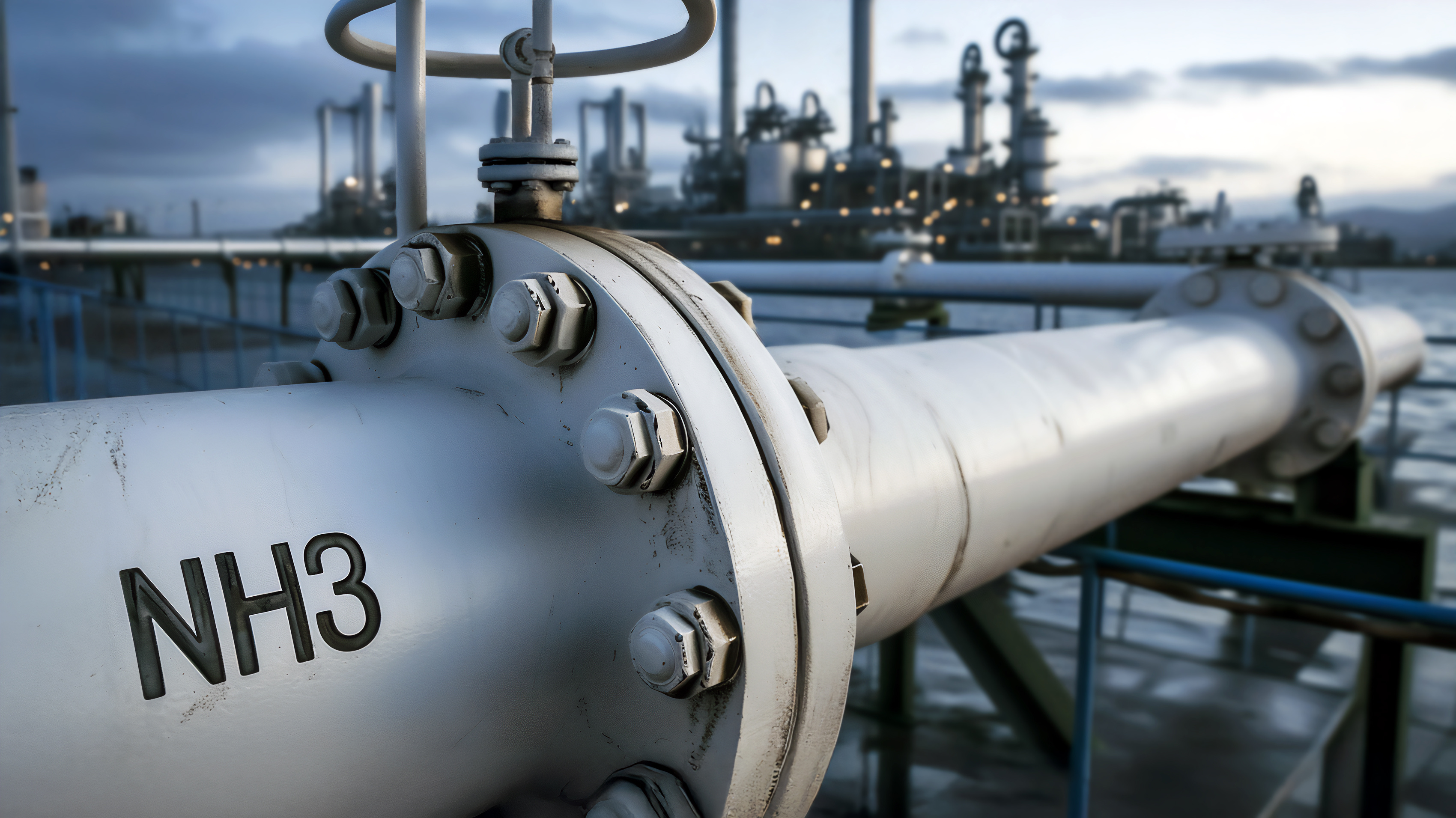VOLCAFE LTD AND OTHERS v COMPANIA SUD AMERICANA DE VAPORES SA [2018] UKSC 61 - 5th December 2018 - THE SUPREME COURT
Facts
This was a claim for damages to consignments of bagged coffee beans carried in unventilated containers from Colombia to Germany on "less than container load/ full container load terms". The carrier's stevedores were contractually responsible for preparing and stuffing the containers. The Hague Rules were applicable.
The fact that this case concerned a consignment of coffee beans was significant in itself. As coffee beans are hygroscopic; during transit by sea they absorb, store and emit moisture. As such, if unventilated containers are used in voyages involving transits from a warm to a colder climate, the beans emit moisture which results in condensation on the inside of the container. It is therefore customary practice within the shipping industry to protect the cargo against water damage by dressing the containers with absorbent material. In line with common practice, the stevedores in this case used Kraft paper to do so.
At the port of discharge, the cargo was found to have suffered condensation damage and a claim of USD 62,500 was made against the shipowner carrier. Despite the small sum in dispute, this was treated as an important test case by the parties' insurers.
The Court of Appeal's decision in this case was reported in our QCR Spring 2017. That decision was in the carrier's favour insofar as the court held that if the carrier establishes a prima facie defence based on an excepted peril, the burden of proof shifts to the cargo claimants to establish negligence on the part of the carrier.
That decision was appealed to the Supreme Court and the Supreme Court's decision is now reported.
Judgment
The Supreme Court overturned the Court of Appeal's decision and its reasons for doing so were:
- Incorporation of the Hague Rules does not alter the status of a contract of carriage by sea as a species of bailment for reward on terms. The Court's approach to the burden of proof was therefore that it must be the same as in bailment and the carrier bears the burden of proving either that the damage occurred without fault in the various aspects covered by Article III, Rule 2, or that it was caused by an Article IV Rule 2 excepted peril. As such, the Court held that The Glendarroch[1] is no longer good law. The Court stated in relation to the Article IV, Rule 2 (c) (perils of the sea) and (m) (inherent vice) exceptions, that absence of negligence was an integral part of the definition of those exceptions; the carrier was therefore required to prove that the damage was not caused by his negligence.
- The Court also provided much needed clarity on the concept of inherent vice. It remarked that if the carrier could and should have taken precautions which would have prevented some inherent characteristic of the cargo from resulting in damage, those characteristic should not be construed as inherent vice. As such, the carrier must show either that he took reasonable care of the cargo but the damage occurred nonetheless, or that whatever reasonable steps might have been taken to protect the cargo from damage would have failed in the face of its inherent propensities.
Comments
The decision by the Supreme Court confirms that cargo interests must prove that cargo was loaded in a sound condition and discharged damaged in order to infer a breach of Article III, Rule 2 of the Hague or Hague-Visby Rules.
In order to succeed in defending such a claim, the carrier needs to show either that there was no breach of Article III, Rule 2 (i.e. the carriage was in accordance with a sound system) or that an Article IV, Rule 2 exception applies. However, it should be noted that what must be proved when invoking an Article IV, Rule 2 exception will always depend on the particular exemption in question.
Even though the Supreme Court's judgment [para 33] suggests that the carrier must disprove negligence when relying on any exception, this does not always apply in practice. Note the recent Court of Appeal decision in Glencore Energy UK Ltd v Freeport Holdings Ltd (The Lady M) where a fire caused by the negligent fault of the crew nevertheless fell within the exception.
_________________________________________________________________________
1In this case, it was decided that the burden of proof is on the party to the contract who seeks to rely upon the exclusion of liability, to show that the claims come within the exclusion of liability condition on their true construction.




